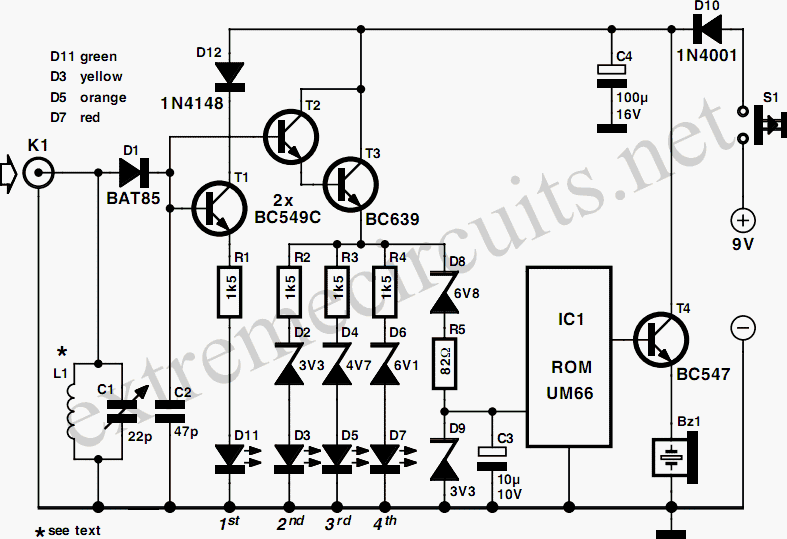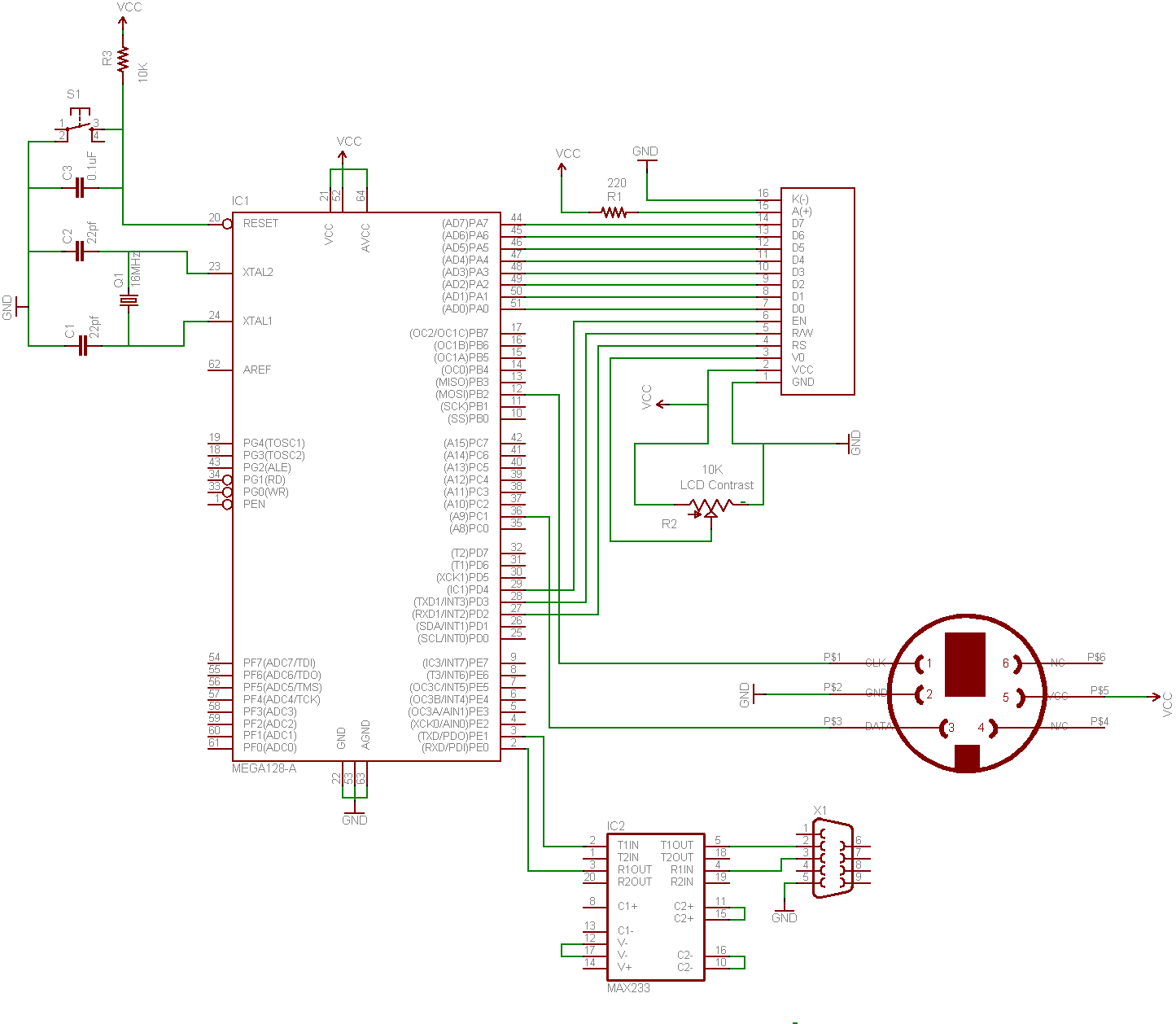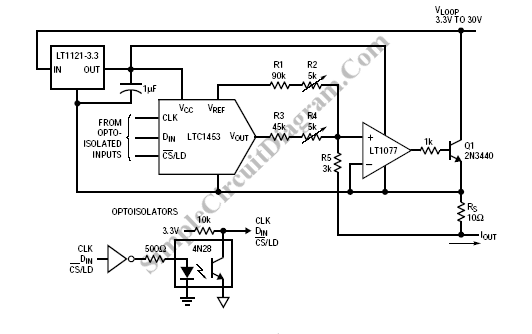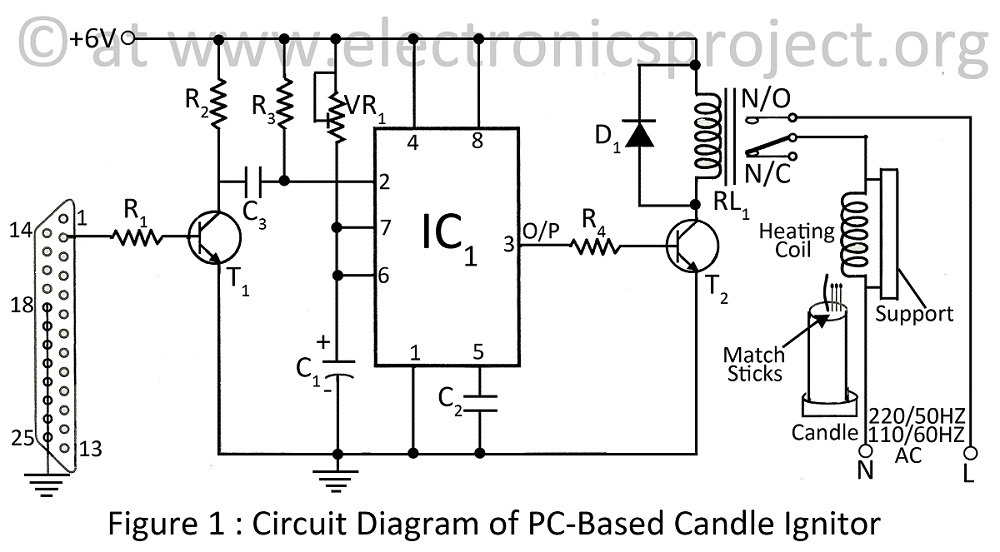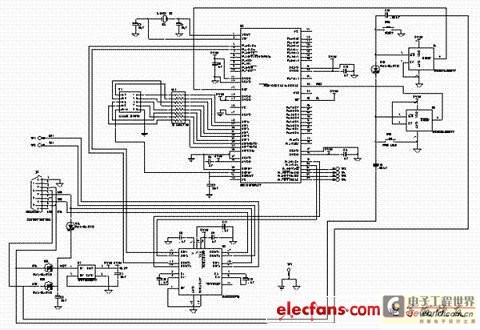
sap 1 simple as possible computer
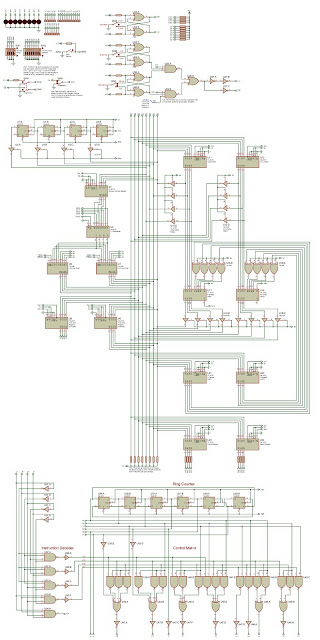
An almost identical recreation of the SAP-1 Simple As Possible microprocessor, as published in "Digital Computer Electronics" by Albert Malvino and Jerald Brown. While the book is out of print, an eBook can be found relatively easily if one knows where to look. The schematic was drawn using Labcenter Electronics' Proteus Design Suite. A demo version can be downloaded from the website; however, it has limitations such as the inability to save or print, although the circuit can be simulated when opened (using the Import Legacy Design feature). Unfortunately, the original design utilizes the 74LS189 16x4-bit RAM, which is currently only available on eBay, making it challenging to build this circuit. An updated design is in progress, which will use 74HC chips and other commonly available components. For now, the classic design can be explored to understand its functionality.
The SAP-1 (Simple As Possible) microprocessor serves as an educational tool for understanding basic microprocessor architecture and operation. The design is based on the principles outlined in "Digital Computer Electronics," which provides foundational knowledge for students and enthusiasts in electronics.
The SAP-1 microprocessor incorporates a 4-bit data bus and a 16x4-bit memory configuration, which allows it to perform fundamental operations such as addition, subtraction, and data storage. The original design's reliance on the 74LS189 RAM chip presents a challenge due to its limited availability, which necessitates the exploration of alternative components. The proposed updated design aims to replace the 74LS189 with more readily available 74HC series chips, which are known for their compatibility and efficiency in digital circuits.
The schematic created using the Proteus Design Suite presents a comprehensive layout of the SAP-1 architecture, including the central processing unit (CPU), memory, and input/output interfaces. The simulation capabilities of the software provide an opportunity for users to interact with the circuit, observing how data flows through the processor and how instructions are executed.
In educational settings, the SAP-1 microprocessor can be utilized to demonstrate key concepts in digital electronics, such as binary arithmetic, logic operations, and the fundamentals of computer architecture. The ability to simulate the circuit without needing physical components allows for a cost-effective learning experience, making it accessible to a wide audience.
Overall, while the original SAP-1 design poses some challenges in terms of component availability, the ongoing efforts to update the design with modern components signify a commitment to keeping this valuable educational resource relevant and functional for learners in the field of electronics.An almost identical recreation of the SAP-1 Simple As Possible microprocessor, as published in Digital Computer Electronics by Albert Malvino and Jerald Brown. While the book is out of print an "ebook" can be found fairly easily if you know where to look. I used Labcenter Electronics` Proteus Design Suite to draw the schematic. A demo vers ion can be downloaded from under the download tab. It can do everything except save or print, so the circuit can be simulated when opened (use the Import Legacy Design). Unfortunately the original design uses 74LS189 16x4-bit RAM, which can only be found on eBay right now.
That means it would be difficult to actually build this circuit. I am working on an updated design that uses 74HC chips and other commonly available parts. For now you can try out the classic design and see how it works for yourself. 🔗 External reference
The SAP-1 (Simple As Possible) microprocessor serves as an educational tool for understanding basic microprocessor architecture and operation. The design is based on the principles outlined in "Digital Computer Electronics," which provides foundational knowledge for students and enthusiasts in electronics.
The SAP-1 microprocessor incorporates a 4-bit data bus and a 16x4-bit memory configuration, which allows it to perform fundamental operations such as addition, subtraction, and data storage. The original design's reliance on the 74LS189 RAM chip presents a challenge due to its limited availability, which necessitates the exploration of alternative components. The proposed updated design aims to replace the 74LS189 with more readily available 74HC series chips, which are known for their compatibility and efficiency in digital circuits.
The schematic created using the Proteus Design Suite presents a comprehensive layout of the SAP-1 architecture, including the central processing unit (CPU), memory, and input/output interfaces. The simulation capabilities of the software provide an opportunity for users to interact with the circuit, observing how data flows through the processor and how instructions are executed.
In educational settings, the SAP-1 microprocessor can be utilized to demonstrate key concepts in digital electronics, such as binary arithmetic, logic operations, and the fundamentals of computer architecture. The ability to simulate the circuit without needing physical components allows for a cost-effective learning experience, making it accessible to a wide audience.
Overall, while the original SAP-1 design poses some challenges in terms of component availability, the ongoing efforts to update the design with modern components signify a commitment to keeping this valuable educational resource relevant and functional for learners in the field of electronics.An almost identical recreation of the SAP-1 Simple As Possible microprocessor, as published in Digital Computer Electronics by Albert Malvino and Jerald Brown. While the book is out of print an "ebook" can be found fairly easily if you know where to look. I used Labcenter Electronics` Proteus Design Suite to draw the schematic. A demo vers ion can be downloaded from under the download tab. It can do everything except save or print, so the circuit can be simulated when opened (use the Import Legacy Design). Unfortunately the original design uses 74LS189 16x4-bit RAM, which can only be found on eBay right now.
That means it would be difficult to actually build this circuit. I am working on an updated design that uses 74HC chips and other commonly available parts. For now you can try out the classic design and see how it works for yourself. 🔗 External reference
